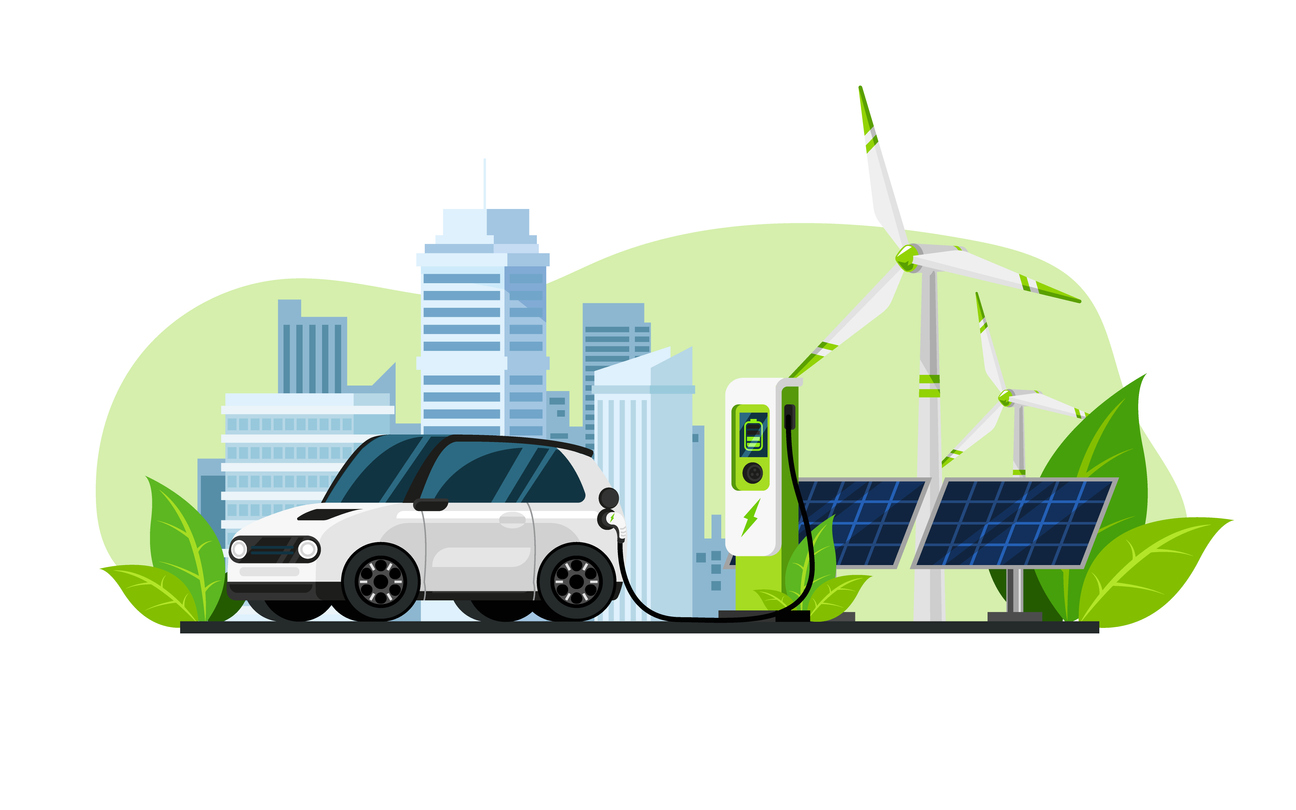2025/05/14
Auto Market Shaken by Trump’s Tariffs: Japanese Car Makers Must Revive Their Competitive Spirit

On April 23, “Auto Shanghai 2025,” one of the world's largest motor shows, opened. The fiercest competition among automakers centers on electrification and autonomous driving. In the hotly contested arena, a wide range of companies from domestic and overseas auto giants to IT startups are competing in the development of EVs and PHVs (plug-in hybrid vehicles) that are equipped with Level 3 autonomous driving, as well as in the sophistication and market appeal of their AI-implemented smart mobility solutions. Here, even the brand prestige of long-dominant players from Europe, the U.S., and Japan appears to be losing its luster.
At the auto show, Toyota Motor Corp. is displaying its new model that has adopted Huawei Technologies Co.’s operating system and emphasizes “the same ease of use as a smartphone.” Honda Motor Co. announced that its local joint venture would install “Deepseek,” developed by a Chinese AI startup in its new models, while BMW AG also announced plans to adopt Deepseek in models for the Chinese market. Besides, a solution to one of EVs' weaknesses—long charging times—is beginning to take shape. NIO Inc., a manufacturer specializing in battery-swapping EVs, has already installed swap stations in 3,000 locations in China, and is now expanding its station network to major cities in Europe. Each battery swap takes only 3 to 5 minutes. Meanwhile, BYD Company has developed a high-speed charging system capable of recharging a car at a rate of “2 kilometers per second,” allowing a full recharge in just 5 minutes.
In January 2024, ministries and agencies such as the Ministry of Economy, Trade, and Industry (METI) declared that the development of battery-swapping EVs will be promoted through an “All-Japan approach,” aiming to standardize domestically developed and demonstrated technologies at the UN level. Verification trials have already started in Kyoto and Tokyo in the commercial vehicle sector, including taxis and trucks. However, it may be due to All-Japan approach or to the weight of entrenched interests, either way, full-scale social implementation will still take considerable time. This represents the shared disadvantage of the “established” manufacturers in the West and Japan, highlighting the clear contrast with China’s emerging entrepreneurs, who are struggling to survive amid fierce competition under the country’s powerful industrial policies.
Incidentally, BYD has announced that it would launch a new mini-EV exclusively designed for Japan’s kei car (mini vehicle) market. Kei cars account for 40% of the new car market in Japan, a category of uncontested dominance by Japanese automakers that have been subjected to persistent criticism from Europe and the United States for creating “entry barriers.” Indeed, that dominance is being put to the test. At the same time, there are growing concerns in Japan over talent poaching and the outflow of advanced technology. However, if the late Osamu Suzuki, who once conquered the Indian market, were to face this situation, he would undoubtedly say, “We’ll compete fair and square.” In 1982, when Suzuki entered the Indian market, everyone described it as a reckless challenge. What the Japanese companies need now is this venture spirit. After all, thinking about the fault-finding comments made by the president of a country that was once the dominant force in the global automobile market, that is, "Japan's non-tariff barriers are outrageous. They even drop bowling balls on cars during inspection,” I can say that it is an opportune time for Japan to draw the global market’s center of gravity back to Japan.
This Week’s Focus, 4.20 – 4.24
Takashi Mizukoshi, the President